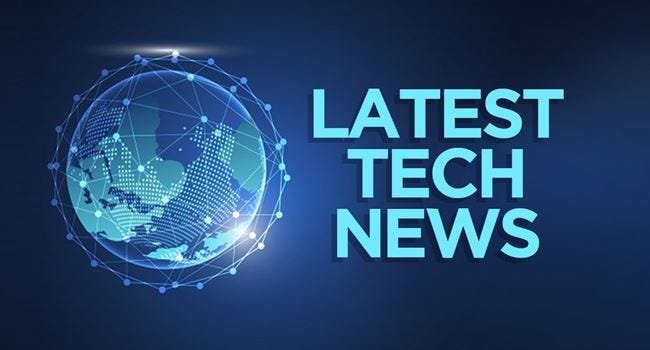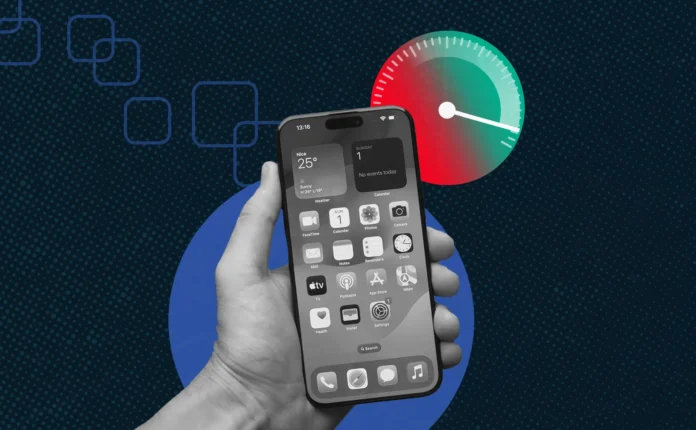In 2025, 5G has gone from a promising new development as part of the mobile landscape to a definitive game-changer in the mobile space. Once just a marker for the future, 5G is now a pillar of the modern digital infrastructure. 5G’s incredible speed, ultra-low latency, and dramatic bandwidth increase not only fundamentally change the smartphone experience but also enable advancements in industries as diverse as healthcare and transportation. Here, we take a look at 5G’s impact on mobile technology in 2025.
1. Speed and Ease of Use are Transformed
One of the most obvious advantages of 5G for consumers is the speed. In 2025, the average mobile download speeds exceed 1 Gbps in many areas of cities. What does this mean? It means not only can the user download HD movies in seconds but also stream FULL 4K/8K movies without buffering. It also means the smartphone experience has expanded in a way that allows almost every use case (cloud gaming, augmented reality (AR), and high-definition videoconferencing) to function seamlessly.
2. Low Latency for Real-Time Applications
The ultra-low latency associated with 5G is often under 10 milliseconds, and 5G enables applications that were previously untenable on mobile. In 2025, the importance of low latency is extremely impactful for real-time communication, remote surgery, autonomous vehicles, and industrial automation. For mobile users, improvements in latency mean realism in gaming, voice assistants performing faster, and newer methodologies for virtual collaboration.
3. Expansion of IoT and Smart Devices
The 5G ecosystem can support a vast number of simultaneously connected devices and, in effect, is facilitating the growth of the Internet of Things (IoT). In 2025, physical mobile technology is embedded into smart homes, wearables, and smart cities. Smartphones manage everything in our lives from home light switches to vehicle diagnostic work, and as our devices will be solidly connected through 5G, performance will be reliable and steadily online.
4. Access to Edge Computing
The 5G ecosystem has really taken us close to the implementation of edge computing, defined as data performing processing as close to the created source as possible, rather than transferring data to centralised data centres. For mobile users, this translates as faster applications, better security of our data, and less use of data overall. Mobile applications that use large sets of information such as AR filters, navigation, or machine learning can utilise the processes even more easily and more efficiently while mobile.
5. The Changing Mobile Device
More prominent in smartphones and tablets are changes to form and functioning that help push and innovate off of 5G. In 2025, devices will have many intelligent systems for more capable antennas, AI for performance during mobilization, and better battery management when running in active 5G mode. Category items will obviously morph into foldable phones, wearable displays, and modular components, placing reasonable expectations on mobile hardware with 5G.
6. Improved Mobile Security and Privacy
As reliance on mobile connectivity grows, the need for security is more pressing than ever. 5G networks include improved methods for encryption, authentication processes, and security at the device level. By 2025, new forms of mobile data security, such as biometric authentication, the use of blockchain, and a decentralized identity system, are commonplace and widely adopted to protect mobile data from unauthorized use.
7. Enable New Business Models
5G is also spawning innovation in new business models associated with mobile services. New cases include subscription games in the cloud, new immersive remote work solutions, and mobile-first enterprise applications, to name a few. Telecommunications operators are diversifying their portfolio, working with tech developers and content creators to deliver a shared, unique experience through a cloud-based, 5G-enabled environment.
8. Enabling Smart City and Smart Infrastructure
5G has added a level of intelligence to our urban infrastructure. The use of mobile technology enables us to monitor traffic flows, generate smarter energy grids, and organize our public services using numerous connected sensors and devices, enabling city planners to respond based on real-time data.
Citizens are now also interacting with their environmental surroundings in a much more fluid way through mobile applications. Applications designed to transport the user to the next point using public transport, control the local water supply, offer emergency services, etc., ensure urban life is safer and more efficient.
Conclusion
By 2025, we expect the use of 5G to switch from a faster mobile upgrade to a mobilised paradigm shift in technology. 5G helps enable real-time, rich data applications and connects billions of devices that redefine the importance of mobile computing. 5G technology will continue to evolve and introduce more potential, trends, and possibilities in all things digital.



